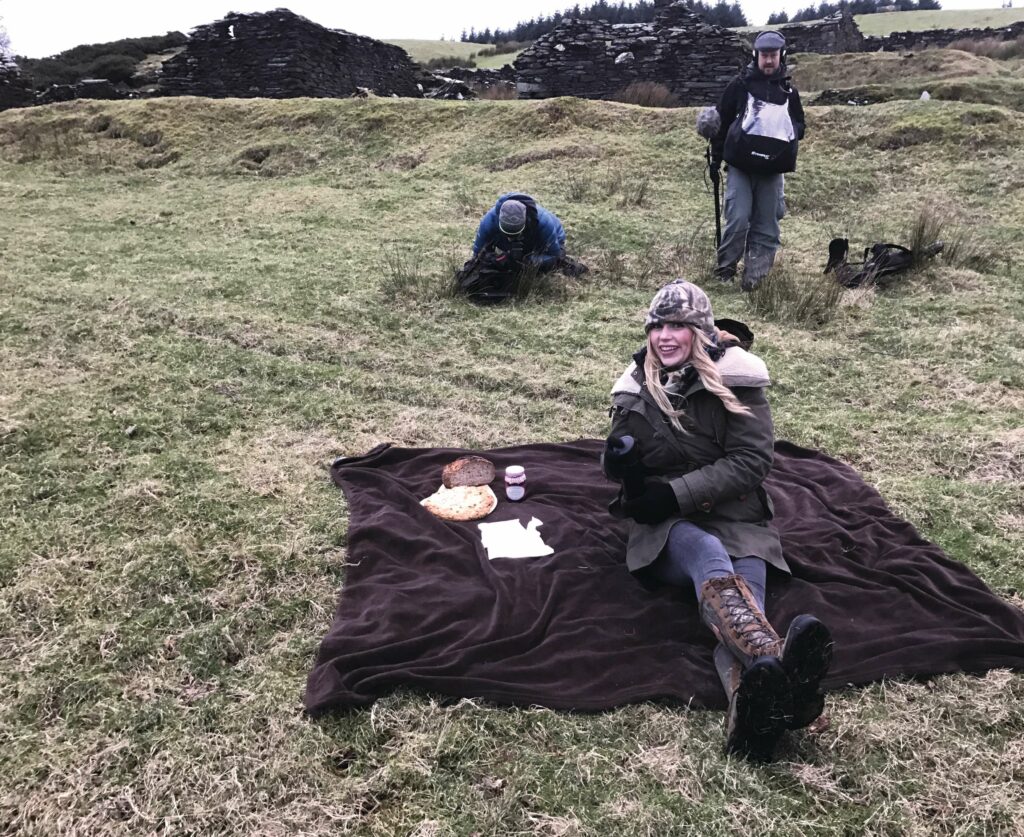Offering peace, freedom and the company of nature, a simple picnic is the height of luxury

I’m fortunate in that I have never had to trumpet that I “know my rights” and certainly, I know perfectly well not to dance with even the edges of the American legal system, but when I visited the spectacular Californian coast recently, I felt genuinely indignant that alcohol was banned from parks and beaches.
For what greater thrill than a bottle of Champagne overlooking the waves? I concede that our nation’s reputation for drinking has come on a little from our mead-drinking monastic ancestors. Plus, the possibility of being drunk in charge of a deadly weapon somewhat changes the landscape over there. Here, even our royal parks generously state that “we have no objection to alcoholic drinks, but they must be available free of charge (ie not for sale), and for consumption by your guests only”.
That’s the spirit, and indeed in the spirit of the original ‘pique-niques’ among French aristocracy, which began as a dinner where everyone brought food and drink to share and went on to inspire the Pic-Nic Society of 200 members, launched in London in 1801. The ticket of entry was a dish plus six bottles of wine for an evening that involved gambling, amateur dramatics and other revelry.
With the coming of the industrial era and the growth of urbanisation, picnics went outside, no longer about debauchery but healthy living, as people sought some respite in the country.
Yet these were often still the reserve of the wealthy. Mrs Beeton’s 1861 Book of Household Management lists a gluttonous spread, a fraction of which includes: “2 ribs of lamb, 2 shoulders of lamb, 4 roast fowls, 2 roast ducks, 2 plain plum cakes, 2 pound cakes” and on and on. These picnics were entirely different affairs to the farm worker’s midday meal.
It’s a difference that has been mirrored over my years on Countryfile, which saw either picnics-forreal – the quickest way to feed the whole crew and get back to work before the light fades – or staged programme finales featuring produce from one of the stories. As daft and fun as the latter were – including a jam feature, spread on the frozen grounds of Criag Mooar Tholtan in bitter February wind, or cider plus roly-polys down the farmhills of Collaton Saint Mary as credits roll – it’s the bought sandwiches, salt ’n’ vinegar crisps and KitKats eaten at speed alongside the crew, while never quite warm enough, that I’ll miss the most.
PICNIC PERFECT
In my opinion, picnics are the height of the dining experience because you get the very best seat in the house. And partly because I don’t care what I eat. But so, too, thinks the Gen-Zers who have taken picnicking to Instragrammable heights and often choose memorable, cheaper picnics over restaurants. So follow companies who elevate the experience to a catered event, setting up floristry, tablecloths, gin-tasting stations, photographers and more, in beautiful locations around the world. I was quietly pleased to learn from our time filming on the Balmoral Estate that, while on holiday, the Queen would picnic most days.
Picnics are ideal for families because table manners are thrown to the wind and children are free to do what they always want to do, which is wander off, return to scoff something at speed and wander off again. My childhood picnics were beside A-roads halfway between home and Norfolk, when Mum would meet my grandparents for a handover of children while she had to work over the holidays. Without exception, Yama’s ‘fridge soup’, which probably included a starter culture from the fridge contents years before, was served in stackable white cups from a plastic set that brought substance over style in the post-wicker era.
From lavish beginnings, picnics now represent true luxury, free to everyone: on land without individual possession (footpaths, city parks and national parks); in the blessing of being a land at peace not war; with the gift of time; and being surrounded by nature.
Watch Ellie on Countryfile, Sunday evenings on BBC One.